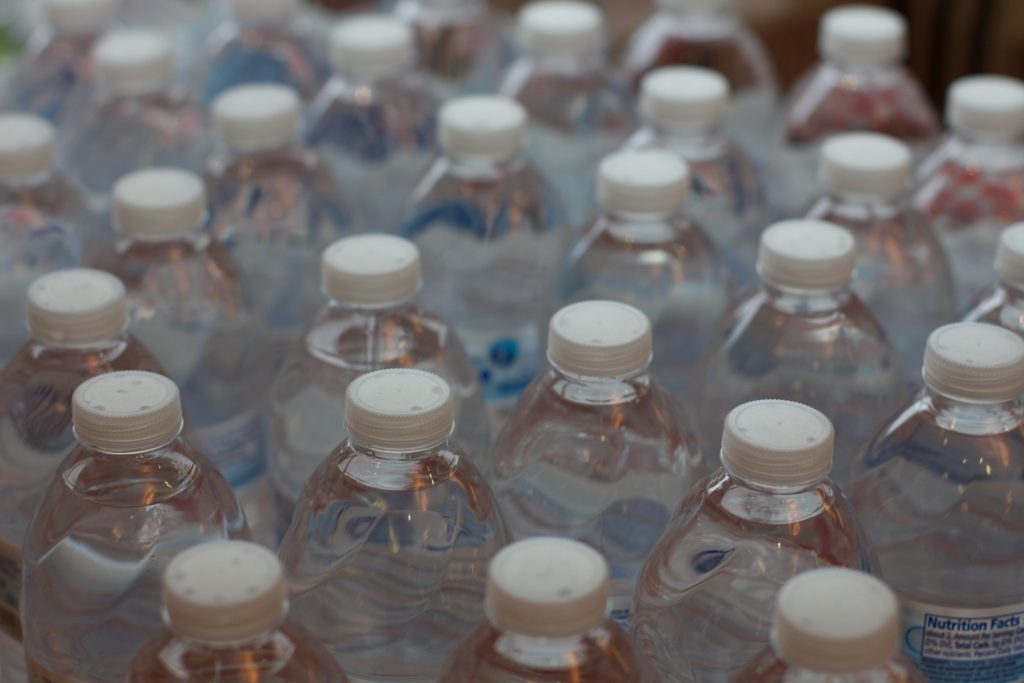
In the middle of July, Americans along the East Coast and in the Midwest suffered through a massive heat wave that saw actual temperatures soaring and so-called feels-like temperatures go much higher. The punishing heat had many of us reaching for those plastic water bottles all day long as we tried to keep hydrated.
Studies have shown that those single-use plastic bottles do not handle the heat very well. Most plastic items release tiny amounts of chemicals into the beverages or food that they contain. But the hotter it gets, the more the substances in plastic can move into food or drinking water. As temperature and time increase, the chemical bonds in plastics increasingly break down and chemicals are more likely to leach.
A study at Arizona State University in 2008 looked at how heat sped up the release of the element antimony in bottles made of the common plastic PET. Antimony is used to manufacture the plastic and can be toxic in high doses. At mild temperatures, very little antimony is released. But PET and other plastics can leach a variety of chemicals when exposed to higher temperatures.
According to the FDA, the amounts of chemicals released by plastics are too miniscule to cause health problems. However, scientists are still looking at the long-term effects of using so much plastic. The question is whether all those small doses can eventually add up to something not so harmless. Given that we don’t really know the cumulative effect of being surrounded by plastics in the goods we buy as well as the presence of microplastics in our water, it seems like a good idea to try to limit our exposure when alternatives are available.
**********
Web Links
Exposed to extreme heat, plastic bottles may ultimately become unsafe
Photo, posted June 7, 2013, courtesy of Tim Stahmer via Flickr.
Earth Wise is a production of WAMC Northeast Public Radio.
Leave a Reply